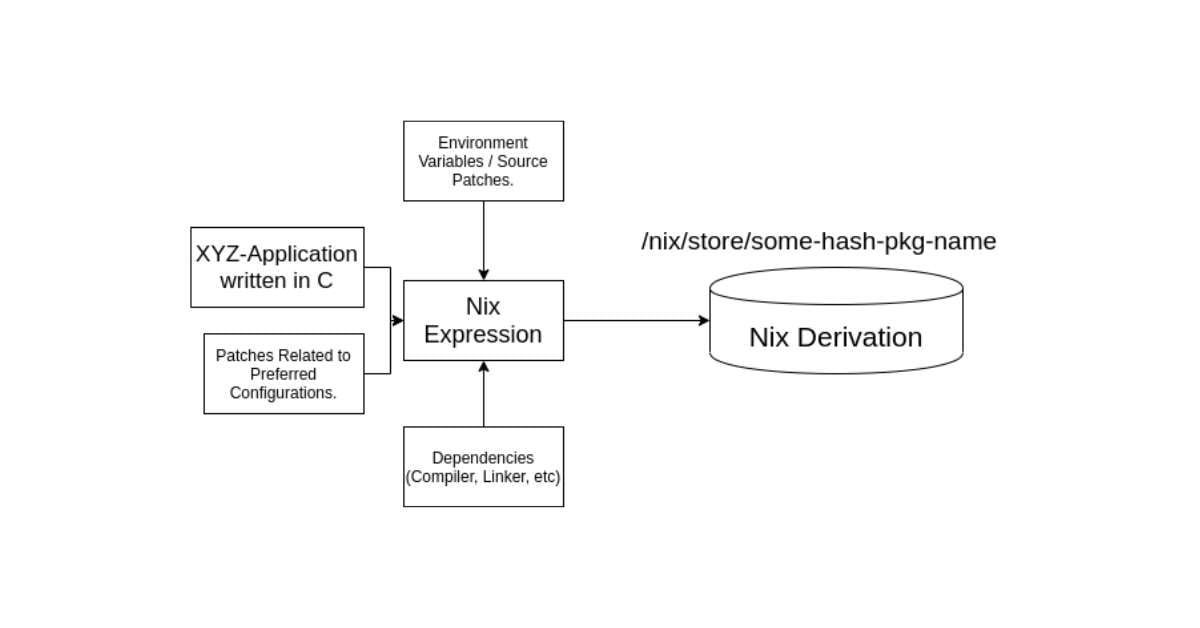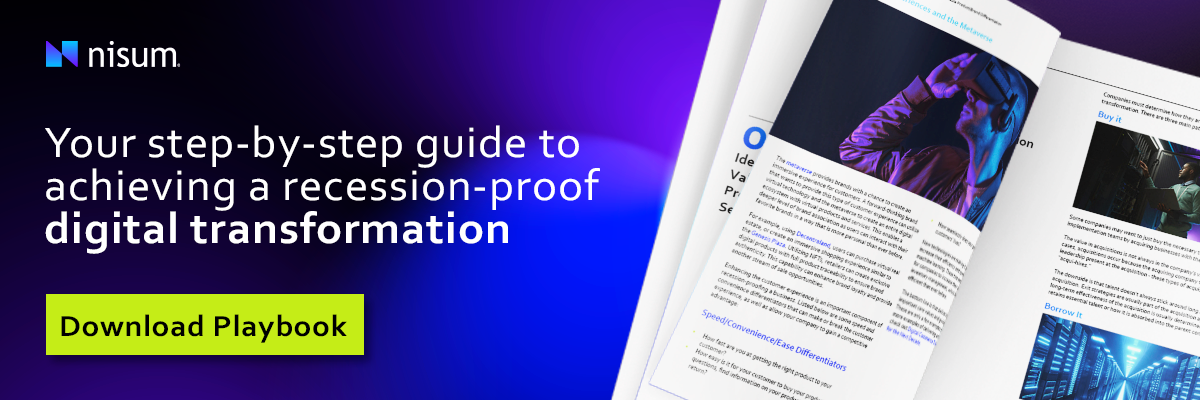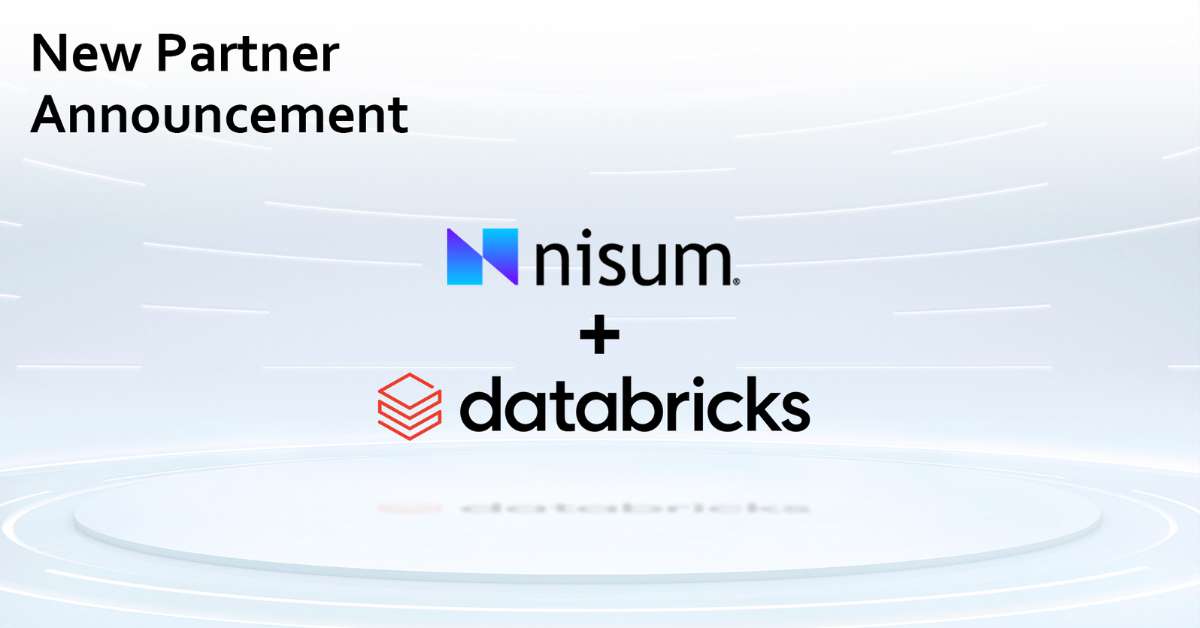 Image source: Canva
Image source: Canva
In today’s highly competitive market, speed and efficiency are critical differentiators to helping you stay ahead of your competition. As you focus on developing and deploying a digital transformation strategy for your business, how you manage your development team and how your team deploys your applications should be taken into consideration.
One way to streamline delivery and accelerate the speed of digital transformation within your organization is via Nix package manager. Contrary to other package managers, Nix allows you to easily manage dependencies in your application’s continuous delivery pipeline in a more reliable, reproducible, and portable manner.
Your team needs to know that they can trust the tools they use to update their code and manage the testing, automatic deployment, and task monitoring it takes to deliver applications at scale. Ensuring that your deployment times and code quality are under control during peak seasons is especially important.
What Is Nix?
Nix is a powerful, purely functional package manager designed to be a reliable and reproducible package-management system. Simply put, it’s a system where everything — from the building blocks of the operation to the high-level applications — is all packaged in the form of Nix packages. Packages in the Nix ecosystem are built from Nix expressions, a simple, functional programming language that enables transparency and allows for multiple variants to be installed at the same time without interfering with each other. A Nix expression describes everything that goes into a package, including other packages (dependencies), sources, config files, environment variables, and external patches. Nix is also the primary package manager for NixOS and can be installed on Linux and Mac OS X as well. NixOS's unique approach to system configuration management allows it to solve problems that other package managers cannot, including managing multi-user environment configurations and ensuring that packages are always consistent between users.
The Essence of Nix in Comparison to Traditional Linux Systems
Nix was developed to address the lack of reproducibility inherent in traditional Linux systems and package managers such as FHS (Filesystem Hierarchy Standard). With traditional Linux systems and package managers, you'll find paths like /usr/bin/python or /lib/libm.so where packages are installed. However, there are some things that we need to learn about the file. For example:
- What version is the binary/library of this package?
- What are the libraries it uses?
- What configured flags were enabled during the build?
These questions significantly affect the resulting build and can change the application's behavior.
There are ways to get around these common issues in FHS; we can link directly to /lib/libm.so or use /usr/bin/python3.7 in our shebang, but this will still result in many unknowns. Nix is a tool that helps solve the reproducibility problem in software development by creating isolated builds without external dependencies. In Nix, the file paths look like this: /nix/store/<hash>-<name>-<version>, making it much easier for your team to stay organized and act quickly.
Nix Benefits for Developers
When building a software product or application, you need to create a continuous delivery pipeline to quickly create, test, and release new versions of your product. However, managing the packages that make up your software can be a considerable challenge. The package manager solves this problem by offering the following:
- Atomic upgrades and rollbacks
- Multiple variants of a package exist simultaneously
- Transparent source/binary deployment
- Multi-user package management
- Ability to install specific packages for specific users
- Effortless setup of build environments for a package
- Ease of providing functional builds
A Nix expression results in a derivation, which is a build of the expression, that takes inputs and produces an output that generally utilizes a path similar to this: /nix/store/some-hash-pkg-name. Executable binaries are everywhere on computer systems, but a binary can't run on every system. The problem lies in how the program is packaged rather than in how it's built. Nix packaging aims to solve this and other common problems by ensuring your packages (programs) are always executable, reproducible, and deterministic on different operating systems.
How Nix Works
Below is an abstract diagram of how Nix expressions work: This sample application above is written in C language with a Nix expression, including code patches, dependencies, and configurations. The Nix Store then creates the resultant derivation in the form of a cryptographic hash.
This sample application above is written in C language with a Nix expression, including code patches, dependencies, and configurations. The Nix Store then creates the resultant derivation in the form of a cryptographic hash.
In the Linux ecosystem, where thousands of packages are available, reliable package management is critical. Nix has set a new bar in software development by enabling reproducible builds faster than other package managers and with greater ease.
How Nisum Can Help
Nisum uses Nix to enable CI/CD pipelines for our clients, which results in a Nix distribution that can be used to deploy applications immediately. Contact us today to begin your digital transformation journey and ensure your applications are optimized to support your growth initiatives!




